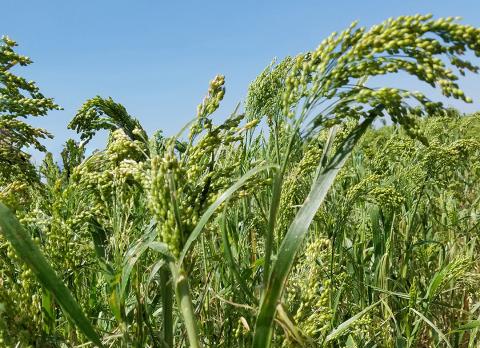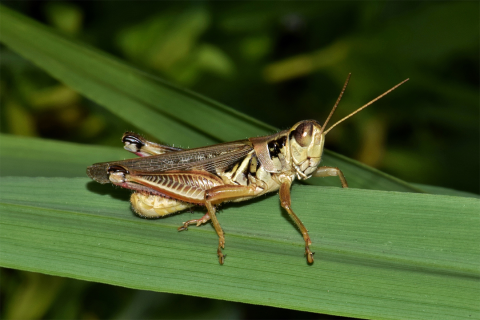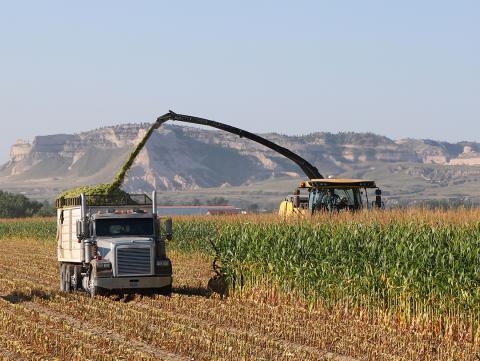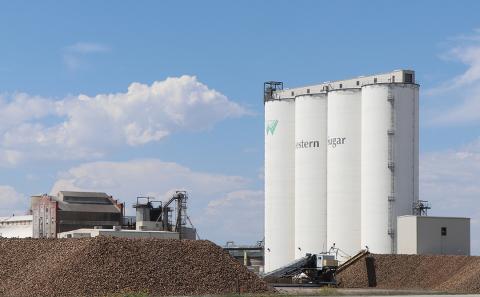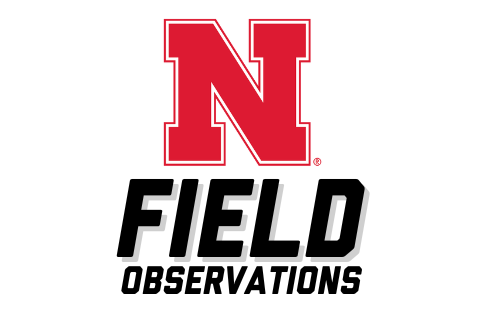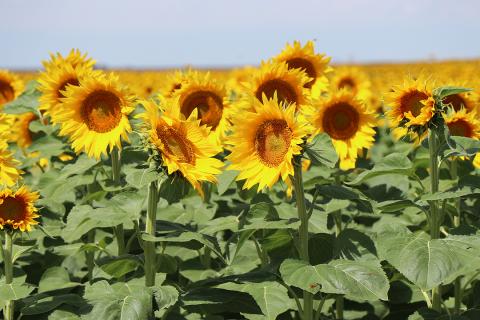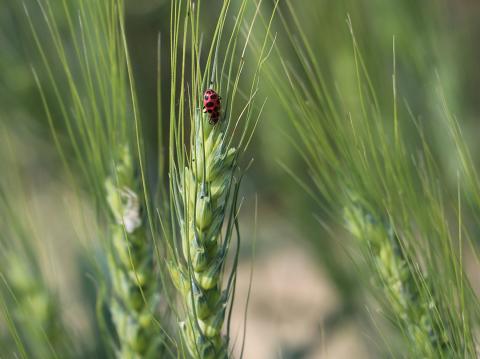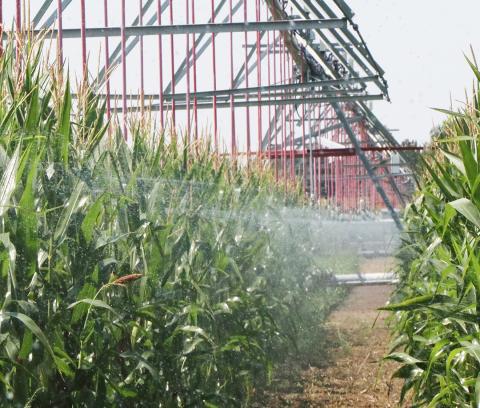Rains Briefly Halt Some Harvesting in Western Nebraska
September 16, 2024
In the final crop water use report for 2024, Extension Educator Gary Stone shares harvest progress and an update on irrigation water deliveries for the Panhandle.
Pasture and Forage Minute: Alfalfa Irrigation and Last Cutting, Grasshopper Management
September 12, 2024
Extension insights on fall alfalfa irrigation for improving yields, strategies for timing the last cutting to ensure winter survival, and grasshopper management to protect late summer forage from pest damage.
Panhandle Research, Extension and Education Center Cuts Corn Plots for Silage
September 10, 2024
Extension updates on harvest progress in the Panhandle as the irrigation season closes out.
Sugar Beet Harvest Begins, But Water Still Necessary for Maturing Crops
September 4, 2024
Nebraska's sugar beet harvest had an early and promising start this year, with record-high sugar content so far.
This Week on N Field: In-season Look at Your Pivot
August 30, 2024
Tips to quickly assess your center pivot’s performance while it is running.
Full Soil Water Profile Encouraged to Finish Crops Before Harvest
August 26, 2024
As surface/canal water usually curtails mid-September, extension recommends that Nebraska Panhandle producers ensure their soil water profiles are full to sustain crops through to harvest.
Recent Rains Aid Crops and Soil Moisture for Wheat Planting
August 19, 2024
Nebraska Extension educators review the status of crops and water use in western Nebraska and the Panhandle, plus insights on winter wheat strategies as planting season approaches.
Irrigation Season Could Run Longer for Dry Bean Crop
August 13, 2024
Updates on crop progress, irrigation water deliveries and crop water use for growers in the Panhandle and western Nebraska.
